Total War: Shogun 2 - Fall of the Samurai Review
Fall of the Samurai is a stand-alone expansion for Creative Assembly's award winning Total War: Shogun 2. However, its status as an 'expansion' should not suggest that this is mere content pack for an existing game, as the sweeping changes introduced have transformed the original into a completely different beast.
In fact, this expansion to the does not even need the original Shogun 2 to play – hence its status as 'stand alone'. That means even those without the original Shogun 2 have no excuse for not considering adding this title to their collection.
Fall of the Samurai moves the game's timeline forward by some 400 years, to the mid-to-late 19th Century. The setting is the Boshin War - a civil war between those clans loyal to the Emperor and those supporting the Tokugawa shogunate.
In using this setting, Creative Assembly have moved further away from historical accuracy than in any previous entry in the series. In the actual conflict there were 'only' a few thousand casualties, which is hardly a fitting setting for a Total War game. However, in Fall of the Samurai this level of bloodshed is common from a single battle – and there will be many of these battles throughout the course of your campaign.
Not that such historical inaccuracy should discourage anyone from playing this latest addition to the Total War series, as the setting lends itself perfectly to some excellent strategy gameplay.
The background theme of Fall of the Samurai is very much one of tradition versus innovation, with modern gunpowder weaponry finding its way onto the battlefield, pushing aside the traditional samurai armies of bows, swords, spears and horses.
Although in the very early stages of a campaign traditional armies are a viable option and they are more than capable of taking on an army of poorly trained men with poor quality rifles, the effectiveness of such an army will rapidly decline during the course of a campaign as more advanced weapons, troops and technology becomes available.
That's not to say that traditional units become useless, as they can still play an important role in your strategy as the campaign progresses by integrating them into more sophisticated armies. Sharpshooters can serve to slow an enemy advance and pick off units at a distance, but once the enemy get too close they are in serious danger. Having a unit of spears or katanas nearby offers some support to chase off anyone who gets too close.
This combination of forces brings an interesting dimension to battle strategies. Controlling a modernised force demands a tactical approach more in line with strategies used in Empire: Total War than those tactics used in the Shogun 2 standard campaign, but these tactics must be adjusted to account for any traditional Japanese units fielded in your army or in the army of your opponent.
Artillery too can play a huge part in a battle and has the capacity to cause huge amounts of damage to an enemy force. For the first time ever in a Total War the player can take direct control of artillery units (and Gatling guns) to manually aim and fire at the enemy. These big guns are accurate enough without your input that you need never do this to get good effect, but your involvement can make some difference in the battle and, more importantly, it is great fun to see how much damage you are causing as the camera follows your shot home. By manually taking control you can even fire beyond the guns usual maximum range, which is an effective tactic but can also feel a little cheap as it gives an unfair advantage over your computer opponent.
Outside the battles, the strategies employed on the campaign map are also very different to a traditional of Shogun 2. A large part of this is down to the division of clans into two factions – those who support the imperial throne and those who support the shogun. This division has profound effects on diplomatic relations when compared to the core game.
On the surface, clans who share allegiances are generally very friendly towards each other whereas clans that support opposite causes are hostile in their initial relations, but the impact this has on how the plays out runs deep. Players will find that clans who share values are far more open to trade agreements, military access treaties and alliances than ever before. As the game progresses two distinct power blocks emerge, consisting of two large alliances of like-minded clans – the imperials in the west and the shogun supporters in the east and north.
The change this brings to play cannot be understated. Unlike in previous Total War titles you will start your campaign surrounded mostly by potential friends. Unless you are willing to make war on those who support your cause (and on their potential allies, who may also attack you) you will likely find yourself blocked in by allies with nowhere to expand to.
Fortunately, both you and the computer can take advantage of your numerous military access treaties and naval transport to take your units to the front line. It is not uncommon once the war gets rolling to see armies of troops marching vast distances across another clan's territory to reach the front line.
One problem the Total War series has encountered in the past is the computer AIs reluctance to use naval transports to launch assaults. Be warned, those of you who think it is safe to leave your home provinces undefended, thinking yourself protected by surrounding allies – the AI will send ships full of troops from far and wide to strike at the heart of your domain.
Navies add further to the proceedings by being granted the ability to bombard nearby armies and structures, which works in two ways. Firstly, appropriate targets that are in range on the campaign map can be bombarded during a turn which will cause damage to structures and casualties in armies. Secondly, if a battle occurs within the radius of a naval force the controlling player can call in a bombardment or two during the real time fight, which can swing the course of the battle.
While modernisation can be the key to victory in a campaign, it can also be the ruination of a clan if handled unwisely. Modernisation is achieved by researching certain technologies or by building certain structures in your provinces. By increasing your modernisation levels you gain the ability to select from more advanced research options, leading to powerful structures, units and technology.
When building in your provinces you will often have two options for developing a certain structure – one being a traditionalist option, the other a modernist. Given that the modernist option is most often more effective than the traditionalist one and with the added bonus of increasing your modernisation level, you might wonder why anyone would follow the traditional path.
The answer is, most likely, to satisfy your population. Regardless of your allegiances, your people are traditionalists by their nature and they do not react well to too much change happening too fast. Modernisation leads to unhappiness which must be addressed before it slides too far. If you let your happiness drop too far, whether through modernisation or any other reason, you will find yourself facing uprisings from disgruntled samurai and angry rebels.
Overall the campaign is different enough from Shogun 2 and from previous Total War titles simply by the focus on two distinct opposing factions, rather than a chaotic free-for-all. The resulting alliance-based power blocks, along with the new units and building types, make this a substantially different experience when compared to the campaign modes in previous Total War games.
In terms of multiplayer, the additional units introduced in Fall of the Samurai change the tactics of battle significantly so offer a different experience for fans of competitive battles. You can even match an original Shogun 2 army against one consisting of units from Fall of the Samurai.
The expansion also adds a large number of maps to play and owners of the original Shogun 2 will get two additional character slots to build up new avatars. New armour pieces are also available to spruce up your personal representative on the field of war with a new clean and modern feel.
Overall the way multiplayer operates is essentially the same, but the new and different units and change in strategy are enough to change the feel of battle so serve well to refresh and expand upon the experience.
You may think that a launch price of £25.00 is expensive for an expansion pack – but a mere expansion pack this is not, this is a full game in its own right. Shogun 2: Total War – Fall of the Samurai is an excellent addition to the Total War franchise and one's that fane of the series – or of strategy in general – should definitely pick up.
Total War: Shogun 2 - Fall of the Samurai (Reviewed on Windows)
This game is great, with minimal or no negatives.
Fall of the Samurai is a stand-alone expansion for Creative Assembly's award winning Total War: Shogun 2. However, its status as an 'expansion' should not suggest that this is mere content pack for an existing game, as the sweeping changes introduced have transformed the original into a completely different beast.

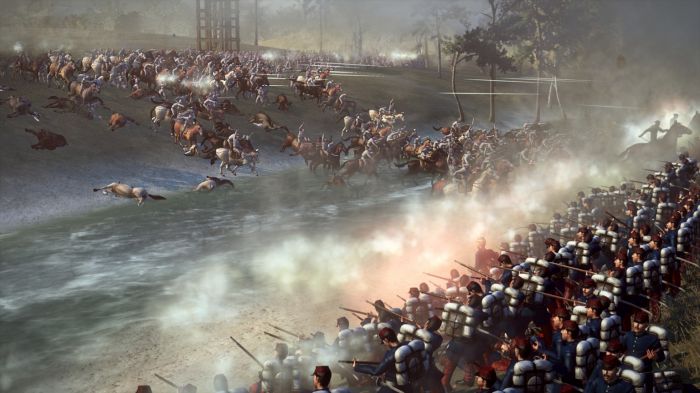
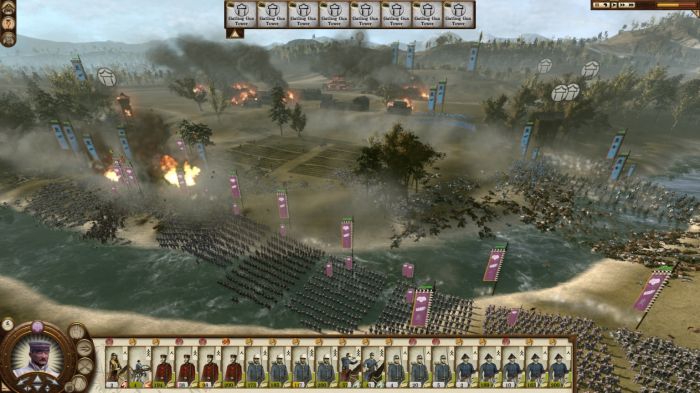
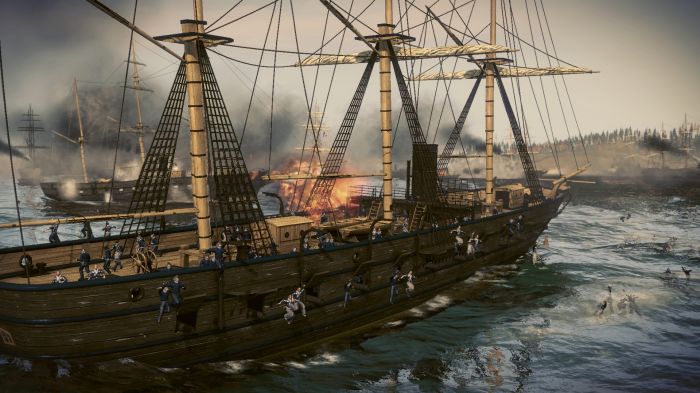

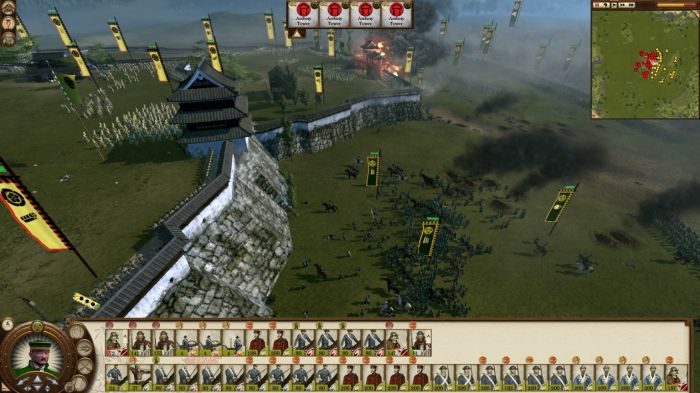
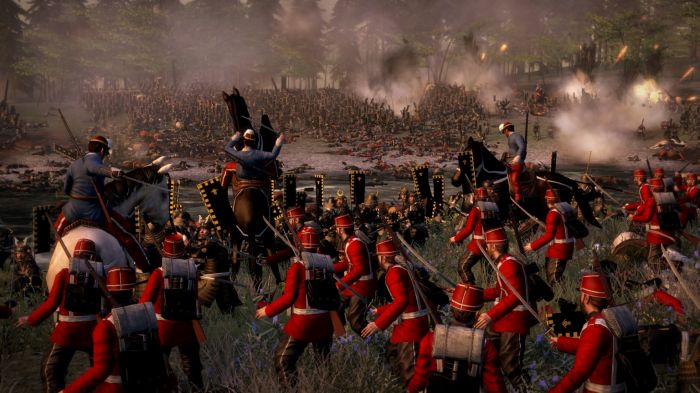
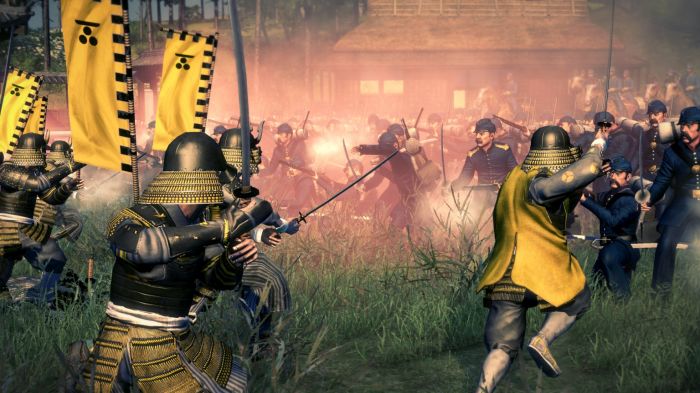

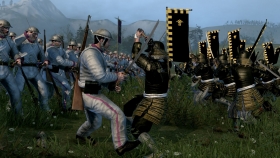





COMMENTS